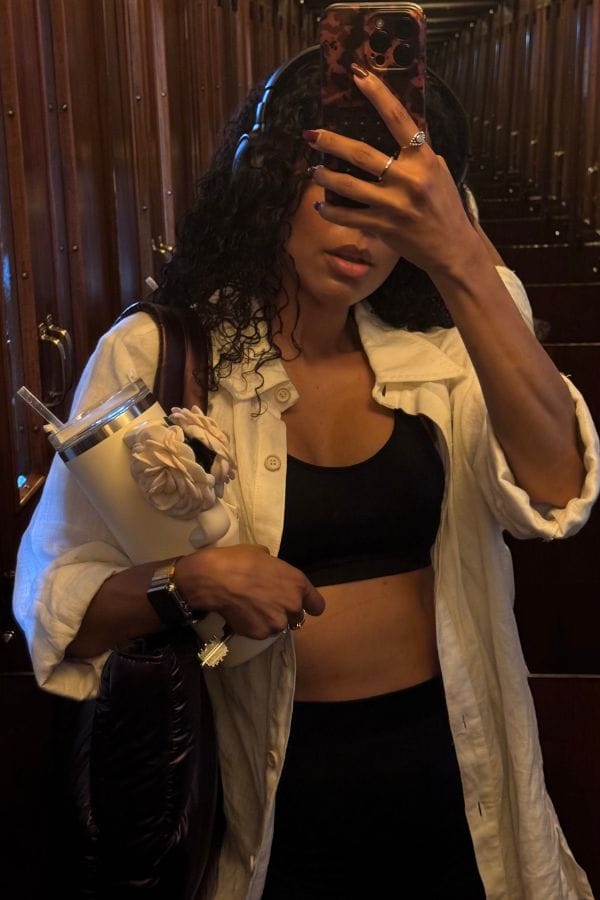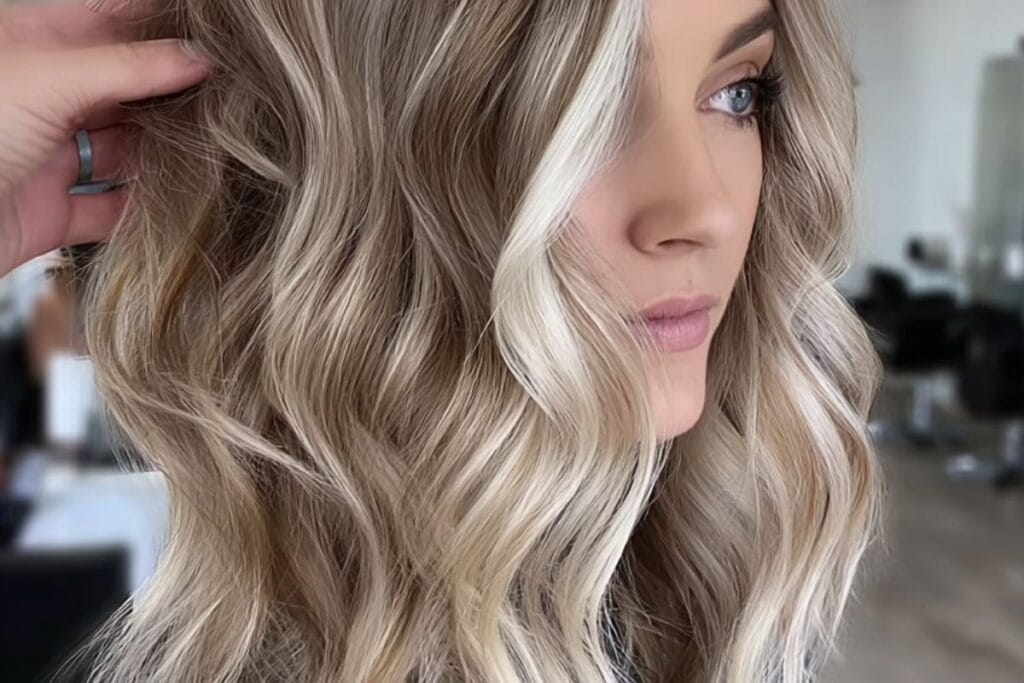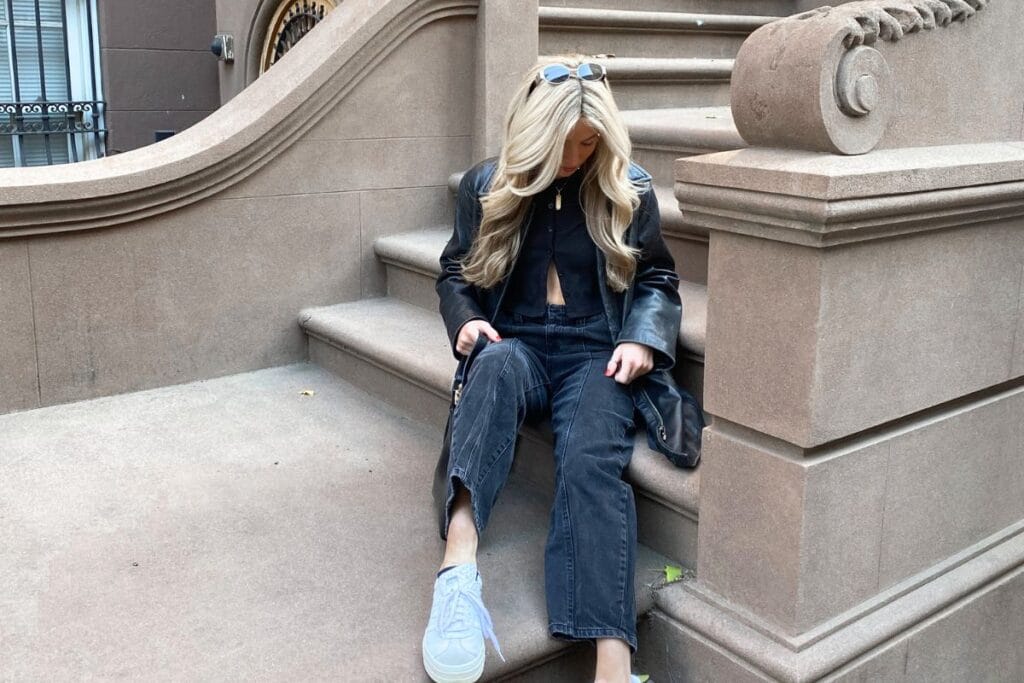This post may contain affiliate links, which means I’ll receive a commission if you purchase through my links, at no extra cost to you. Please read full disclosure for more information.
Ever stare in the mirror and think, “Okay, but what is my hair actually doing today?”
If you’ve ever stood in the hair care aisle, juggling a wild mix of shampoos, masks, and curl creams (safety goggles optional), you know what I mean.
Here’s the thing though – knowing your hair type isn’t just for beauty junkies or stylists—it’s literally the secret to pretty girl hair energy, smoother mornings, and products that actually work!!
Let’s make sense of it all and finally answer the question – what’s your hair’s actual type?
Understanding the Different Hair Types
Hair comes in all shapes and feels—wavy, pin-straight, curly-twirly, even zig-zag coily. Hair science breaks these into four main types, then slices each one up into a few subtypes for the detail lovers out there.
This quick chart brings all the types and their nicknames together:
| Subtype | Looks Like | Texture | Key Traits |
|---|---|---|---|
| 1A | Poker-straight | Fine/soft | Lacks volume, shiny |
| 1B | Slight body | Medium | Some bend, not flat |
| 1C | Straight with flip | Thick | Frizzy, strong |
| 2A | Loose wave | Fine/thin | Easy to style, limp |
| 2B | S-shaped wave | Medium | Slight frizz, more wave |
| 2C | Deep wave | Thick or coarse | Frizzy, defined wave |
| 3A | Loose curls | Soft/large | Shiny, bouncy |
| 3B | Springy curls | Medium, ringlet | Dry, tight curl |
| 3C | Tight corkscrews | Thick/dense | Little shine, shrinkage |
| 4A | Tight coils | Soft, S-coil | Dense, springy |
| 4B | Zig-zag pattern | Dry, fluffy | Less defined, shrinkage |
| 4C | Tightest, no coil | Dense, fragile | Shrinks, less defined |
Now let’s zoom in. What does each type really mean?
Type 1: Straight Hair
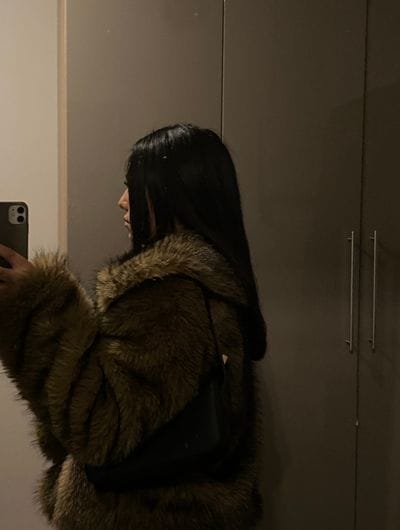
- 1A: Flat, fine, shiny as glass. Hair doesn’t hold curls. Basically, the spaghetti of the hair world.
- 1B: Some body, a bit more volume. May have a little bend on the ends. Not totally flat, not yet wavy.
- 1C: Thicker, more texture. Sometimes gets puffy or slightly frizzy. Doesn’t handle humidity very well.
Type 2: Wavy Hair

- 2A: Gentle waves, loose S-shapes. Soft, light, might look straight or wavy after air-drying. Bends, but doesn’t make drama.
- 2B: Waves bounce from root to tip. Thicker and a bit more frizz-prone. Basically, beach hair minus the saltwater.
- 2C: Deep waves that border on curls. Often thick or coarse. Frizz and definition go hand in hand. The drama queen of the wave group.
Type 3: Curly Hair
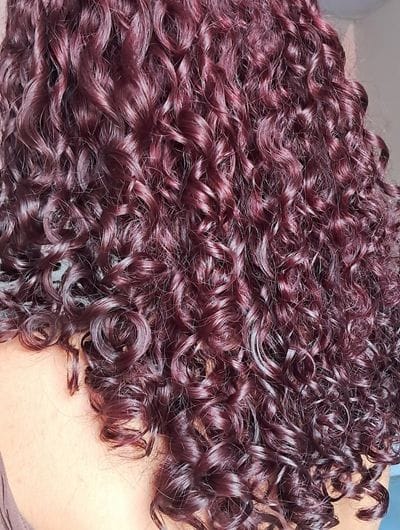
- 3A: Big, loose curls like spiral pasta. Shiny and full of volume. The bouncy “curl commercial” look.
- 3B: Tight curls, ringlets everywhere. Holds the curl all day, gets dry, loves moisture.
- 3C: Small, dense curls or corkscrews. Highly textured, prone to shrinkage. Basically, a springy jump rope of hair.
Type 4: Coily/Kinky Hair
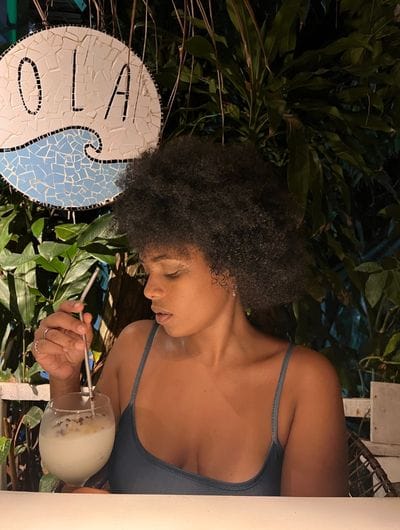
- 4A: Defined, springy coils (like pen springs). Soft, squeezable. Needs TLC and lots of moisture.
- 4B: Tight bends in a zig-zag pattern. Looks fluffy and soft, but fragile underneath.
- 4C: Tightest pattern—sometimes with no visible coil at all. Shrinks the most, breaks easily if not handled with care. Sensitive, but so worth it for the unique texture.
How to Identify Your Hair Type at Home
With a mirror, clean hair, and a few minutes, you can teach yourself more about your strands than you ever learned on TikTok. Here’s how you can do it.
Step 1: Wash-and-Go Test

Start fresh—no product, no blow-dry, no guilt.
- Wash hair with your normal shampoo.
- Skip conditioner (for science’s sake).
- Air-dry your hair. No brushing, no heat.
- Step back and let your hair do its natural thing.
Look at what happens. Does your hair dry flat and straight? Wavy with a bend? Or does it curl, coil, or zig-zag all by itself? Keeping it real gives you the clearest answer.
Step 2: Analyzing Hair Strand and Pattern
Now, time for a closer look. There are two simple things to check:
- Strand Thickness: Take one strand and roll it between your fingers. If you can barely feel it, it’s fine. If it feels like thread, it’s thick.
- Pattern Check: With hair dry, hold a small section up. Does it fall straight like a stick? Does it bend in a soft S-shape? Is it a full-on ringlet? Or does it twist and zig-zag?
Even if your roots are straight, the ends can wave or coil. Look all over.
Step 3: Using a Hair Type Table
Once you’re done examining, find your results in the table below and match them up. Easy peasy.
| What You See After Drying | Strand Thickness | Pattern | Your Hair Type |
|---|---|---|---|
| Flat, shiny, no wave | Fine/Thin | None | 1A |
| Straight, bit of body | Medium | Little bend | 1B |
| Straight, some frizz, thick | Thick | Slight S | 1C |
| Barely wavy, limp | Fine | Loose S | 2A |
| Clearly wavy, root to tip | Medium | S-shape | 2B |
| Defined, deep waves | Thick | Almost curls | 2C |
| Loose spiral curls | Soft, thick | Spiral/Circle | 3A |
| Tight ringlets | Medium | Curl | 3B |
| Tiny, dense corkscrews | Thick, dense | Tight curl | 3C |
| Tight, small coils | Soft, dense | S-coil | 4A |
| Fluffy, zig-zag bends | Fluffy, dry | Zig-zag | 4B |
| Shrunken, no coil visible | Dense, fragile | None defined | 4C |
Caught yourself matching more than one row? That’s actually very normal—lots of heads have more than one type going on! Your crown, sides, and nape can each have their own drama. Work with it, not against it.
When you understand your texture’s vibe, you’ll start understanding why some products work magic while others fizzle. You can also start embracing hair care routines that are actually well suited for your hair type.
You can pick styles and tools that let you look good and feel even better.
Or in other words: hair knowledge = hair power. The more you know, the cuter you look! 😉

